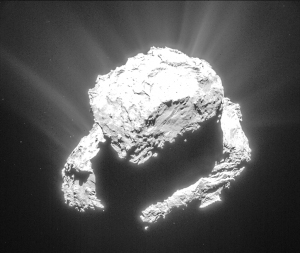Air Force subsidies to ULA to end
The competition heats up: Because it has concluded that they make it impossible to have a fair competition for contracts, the Air Force has decided to phase out the subsidies it has been paying to the United Launch Alliance (ULA).
The specific amounts of these subsidies have been effectively buried by the Air Force in many different contracts, so we the taxpayers really don’t know how much the are.
Nonetheless, this decision, combined with the military report released yesterday that criticized the Air Force’s over-bearing and restrictive certification process with SpaceX indicates that the political pressure is now pushing them hard to open up bidding to multiple companies, which in turn will help lower cost and save the taxpayer money.
The competition heats up: Because it has concluded that they make it impossible to have a fair competition for contracts, the Air Force has decided to phase out the subsidies it has been paying to the United Launch Alliance (ULA).
The specific amounts of these subsidies have been effectively buried by the Air Force in many different contracts, so we the taxpayers really don’t know how much the are.
Nonetheless, this decision, combined with the military report released yesterday that criticized the Air Force’s over-bearing and restrictive certification process with SpaceX indicates that the political pressure is now pushing them hard to open up bidding to multiple companies, which in turn will help lower cost and save the taxpayer money.



